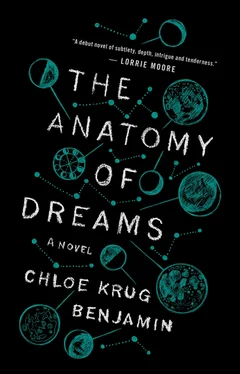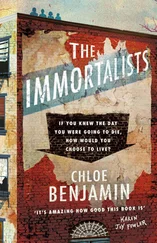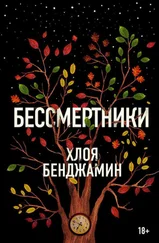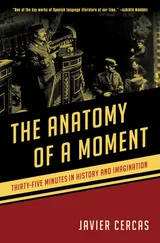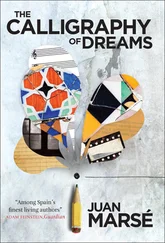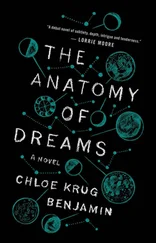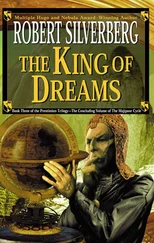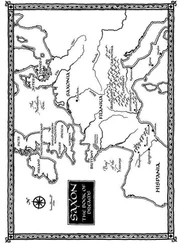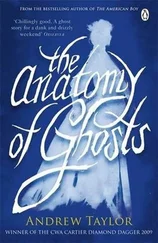He grinned at me and put a hand on mine on top of the table. I was soothed by its warmth, but I wished he had taken my left hand—the one beneath the table, closest to him.
“Those are the best kind of relationships,” said Janna. “Ones with a long history. Thomas and I are the same way. We met in our first year of college, in the only poetry class I ever took—Keats.”
“‘In spite of all,’” said Thomas, “‘some shape of beauty—’”
His voice changed as he recited the poem, steadying and becoming lower in pitch. There was something commanding about his presence now. But Janna waved a hand, cutting in.
“Oh, stop, they don’t want to hear it. I certainly don’t. It’s been a summer of hearing him go on about Keats, and Blake, and Coleridge—don’t look at me that way, sweet, you know it’s true—and Wordsworth, and Goethe , and who’s that annoyingly emotional man who’s always going on about social ills?”
“Shelley,” said Thomas, and cackled. “‘Oh! lift me as a wave, a leaf, a cloud! I fall upon the thorns of life! I bleed!’”
“Besides, we haven’t even asked what you do,” said Janna. “Do you see what I mean? We get talking about poetry and then real life goes out of the conversation entirely. Gabe—you tell us.”
I wondered if she remembered my own evasiveness at her house several days before and thought she might get a more direct reply out of Gabe. Either way, I was happy to let him give our answer. He was better at it than I was—I got tripped up trying to tell the truth.
“It’s not very exciting,” said Gabe. “We’re sleep researchers in the Center for Neuroscience. Mainly, we’re studying consciousness and REM cycles. We look at the point when dreaming begins and the extent to which the dreamer is conscious of that shift.”
“How can you tell?” asked Janna.
“Well, there are different ways. We use a polysomnogram to measure the stages of sleep through brain activity, muscle tone, eye movements, and so on—this tells us when the subject is in REM sleep. That’s when dreaming occurs. Our next job is to figure out whether or not they’re aware of it.”
Thomas leaned back in his chair, dropping his fork onto the plate with a clatter.
“You don’t ask them, I presume? ‘Sorry, don’t mean to bother you, but are you dreaming yet? No? Whoops, carry on then, just pretend I’m not here.’”
“No, we use a mask,” I said, smiling. “It’s equipped with two LEDs—light-emitting diodes—which we flash a certain number of times once the subject’s in REM. They’re supposed to respond to the flashes by making an eye-movement signal: two pairs of horizontal eye movements, left-right, left-right, if they’re asleep and conscious of it. If no signals are made, we can assume they aren’t conscious.”
“Like we said,” Gabe said, shrugging, “it’s not very interesting.”
“It’s hardly uninteresting,” said Janna. “I’d like to try it sometime. You don’t need a new subject, do you? Hook me up to the machine—I’ll tell you if I’m awake.”
She was leaning in, her tattooed arm cast across the table. I was transfixed by her combination of toughness and delicacy, her body pale as a mirage.
Thomas laughed, staring at Janna with his eyebrows raised, and Gabe followed him.
“I’ll put you on our list,” Gabe said. “Lots of people trying to get in for this kind of research, you know.”
“Vying for their chance to be shot through with light and made conscious,” said Thomas. “Oh, to be new-born!”
Gabe rubbed my hand. I was relieved that we’d squeezed through without too much probing. This was the explanation we gave to our oldest friends, the nurses at the sleep clinic, even our parents. It wasn’t untrue, exactly—our studies started by measuring consciousness this way—but it was only a small slice of what we did. Gabe was in favor of saying we studied sleep medication, but lying so blatantly made me uneasy. And more than that, I wanted to be known, wanted desperately, even then, to be found out.
We cleared the table with Thomas and Janna’s help. When Thomas excused himself to use the bathroom, Gabe began to do dishes, and Janna offered to dry them. By the time they had almost finished, Thomas still hadn’t returned.
I went upstairs to look for him. The bathroom was empty, its door creaking open. But the light in our bedroom was on, and when I ducked my head inside the door frame, I found him sitting on our bed.
He was perched on the edge, holding up to the light a locket my mother gave me. Usually I left it on my bedside table, but Thomas had hooked the chain around his index finger. The locket had been opened to reveal two photos: one of my mother, and one of me. He tapped the edge with his other index finger, so that it turned around and around, tangling on the chain.
When he saw me, he smiled, bright and sheepish.
“So sorry,” he said. “Didn’t mean to go out of bounds. I used the bathroom, and then I wandered in here. I sat down to have a look at the trains. Well, the place where trains would be. The empty trainless place.”
The locket was still on his finger. I held out my palm, and he gave it back to me.
“I tend to fidget,” he said. “I just picked it up to have something to do with my hands.”
“That’s all right,” I said, though I was spooked. I wanted to get him back downstairs, but he spoke before I could suggest it.
“You’re welcome to call me Thom.”
“All right.”
“If you like.”
“I’ll try.”
“All right,” he said—my words—and smiled.
The window by the bed was open; outside, a group of flies—the last survivors of the summer hatch—whined softly. Thom turned, swinging his legs around to face me instead of the train tracks.
“What do you really study?” he asked. “What within sleep?”
“Consciousness and REM cycles, like Gabe said. We make physiological recordings—”
“I remember what Gabe said.” He picked at the threading on my comforter for a moment, then dropped it down. “It just seemed a bit simplistic. First of all, there’s a word for what you’re studying. It’s lucidity, or lucid dreaming—when a person’s aware that they’re dreaming. Am I right?”
“That’s right.”
“Which is why I find it hard to believe that’s all you’re measuring,” said Thomas. “It’s been done. I learned about dreaming and lucidity in a couple of intro psych classes—long before you became involved in this kind of research, I presume. Some of the Romantics even knew about it: Thomas De Quincey, Coleridge, Keats.”
“You’re right—we’re not the first to study lucid dreaming. But we’re doing something different.”
I paused, and Thomas looked at me with expectation. I’m not sure when I made the decision to tell him more than I had ever told anyone else, but I know it was before that moment. Maybe it was when I followed him upstairs, leaving Gabe and Janna in the kitchen, or maybe it was even earlier—the first time I saw them, returning home in the storm.
“Accounts of lucid dreaming have been around since the fifth century,” I said. “Saint Augustine wrote about it first, and Tibetan Buddhists recorded their experiences in a funerary text . Back then, it was used to access a higher spiritual plane, even to relieve stress and problem-solve. It was treated like an escape. But we think of it as a return.”
“To?”
“To the self,” I said. “We dream in metaphors. If you’re having car troubles, you’re feeling powerless. Failing a test? You’re insecure, unprepared. Trapped? Well, that one’s obvious. The brain is like an excellent fiction writer: every part of a dream is laden with meaning that can be unlocked, analyzed, and understood. We hide our greatest hopes there, our deepest fears. And when we learn to read our dreams, so to speak—not retrospectively, when we wake up, but right there in the moment—we’re reading the story of who we really are.”
Читать дальше
